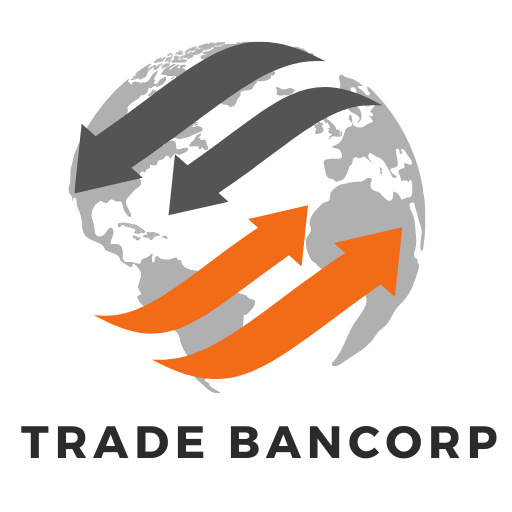When demand surges, businesses often face a familiar challenge: how to stock enough inventory without draining their cash flow. Whether it’s a retail company gearing up for holiday sales or a manufacturer preparing for peak production, the need for liquidity becomes urgent. Inventory finance—also known as stock finance—offers a practical solution. It allows companies to leverage their existing or future inventory as collateral to secure funding. This means you can meet rising demand, seize bulk purchase discounts, and maintain a steady supply chain—all without straining your working capital.
In this article, you’ll discover how inventory finance works, why it’s especially valuable during high-demand periods, and how it can give your business the flexibility to grow without cash bottlenecks. You’ll also learn actionable strategies to use this financing tool effectively and sustainably.
Imagine this: your business is gearing up for the holiday rush or a major sales season. Orders are pouring in, and the potential for record-breaking revenue is right within reach. But there’s a catch—your funds are tied up, your suppliers need payment, and your inventory levels aren’t enough to meet demand. The frustration of watching opportunities slip by due to limited cash flow can be overwhelming. That’s where inventory finance becomes a lifeline. It bridges the gap between opportunity and affordability, giving you the financial breathing room to meet demand confidently and deliver on customer expectations.

Fun Fact!
Did you know that modern inventory finance has roots in the agricultural industry? Farmers once used warehouse receipts—documents proving stored grain ownership—to borrow money for the next planting season. This simple concept evolved into today’s sophisticated inventory financing models used by retailers, manufacturers, and wholesalers worldwide.
If you continue reading, you’ll learn how inventory finance helps balance liquidity and supply, the advantages it offers during high-demand seasons, and how businesses can strategically use it to improve efficiency, reduce stress, and capture more market share. You’ll also gain insight into how financial institutions like TradeBancorp structure inventory finance solutions to meet the diverse needs of modern enterprises.
1. Forecast Demand Accurately
Start by analyzing past sales data to identify peak periods and customer buying patterns. This helps you determine the right stock levels for each product. When paired with inventory finance, accurate forecasting ensures you borrow just the right amount—enough to meet demand without overstocking or overextending your resources.
2. Partner with a Reliable Inventory Finance Provider
Choosing the right partner is crucial. Work with a financial institution that understands your industry’s seasonality and can tailor solutions to your needs. A good partner, like TradeBancorp, can offer flexible repayment terms that align with your cash flow, helping you manage both stock and liquidity efficiently.
3. Use Inventory Finance Strategically, Not Just Reactively
Don’t wait until your funds are stretched thin. Plan your financing before the season begins. This proactive approach allows you to secure better terms and avoid last-minute stress. By preparing in advance, you’ll have the capital ready to stock up strategically when the opportunity strikes.
4. Integrate Financing with Your Supply Chain
Coordinate with suppliers, distributors, and logistics partners to align financing with delivery timelines. This ensures that goods are financed, shipped, and stocked on time for peak sales. A well-synchronized supply chain supported by inventory finance can dramatically reduce bottlenecks and delays.
5. Monitor and Adjust During the Season
Keep a close eye on your stock turnover rates and sales performance throughout the season. If certain items are selling faster, you can use additional financing to restock quickly. Conversely, if demand slows, you can adjust future financing to prevent excess inventory.
6. Reinvest the Gains for Growth
Once the season ends and sales revenue rolls in, use the profits to strengthen your business further—expand your product range, upgrade your technology, or invest in marketing. Inventory finance doesn’t just solve short-term cash flow issues; it can fuel long-term growth if used wisely.
By implementing these strategies, you can turn high-demand seasons into profitable opportunities without the constant stress of cash shortages or overstocking.
Ready to make your next high-demand season your most successful yet? At Trade Bancorp, we specialize in Stock Finance and Inventory Finance solutions that help businesses like yours stay agile, well-stocked, and financially strong.
Contact us today to learn how our tailored financing solutions can keep your shelves full and your business growing—no matter the season.


